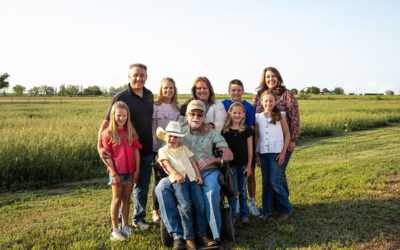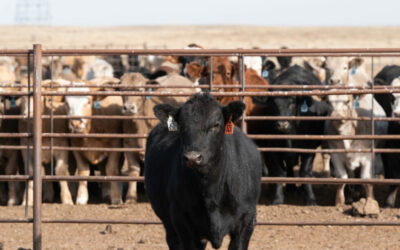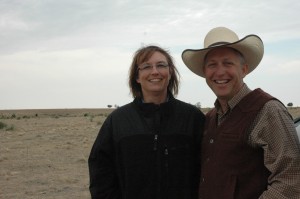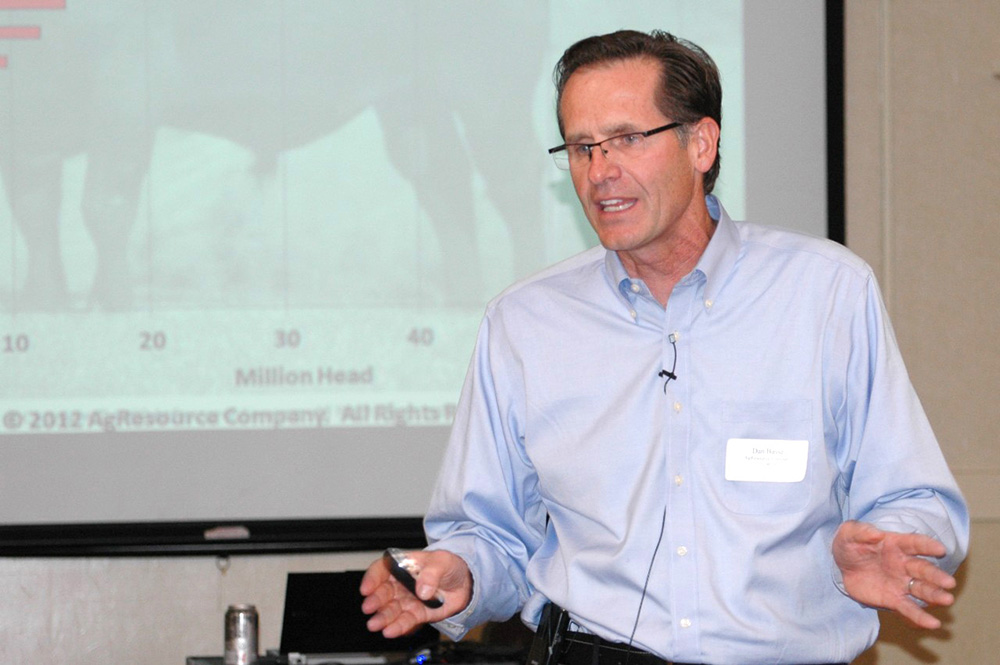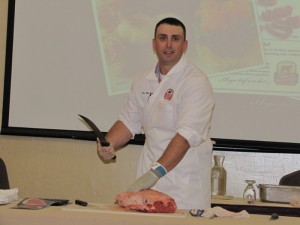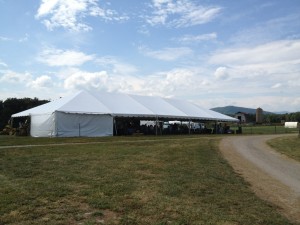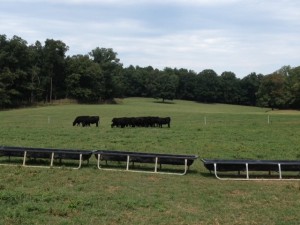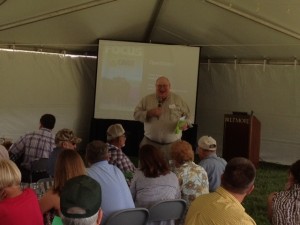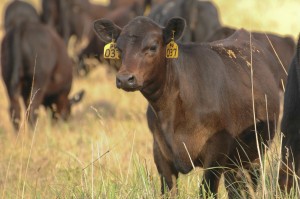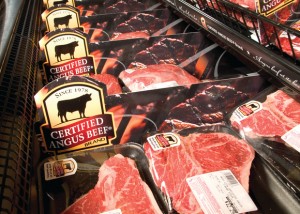
Rock on
Yes, you, the American cattleman. Among the business suits and loafers, cocktail dresses and stilettos, that are commonplace at The Greenbrier Resort, the ranchers and feeders stood out…and not just because of the cowboy hats they sported.

The couple dozen producers who traveled to West Virginia for the event were ambassadors of sorts for those of you who spent last week just like any other: caring for the herd, perhaps harvesting some crops or weaning calves.
Our award winners and a handful of producer board members were just a small subset of the 600-some people attending our conference, but they represented that iconic, hard-working, steward of the land and livestock.
Producers aren’t segregated into their own track, but rather immersed in the same sessions that the restaurant and retail trade takes in. They learn about the educational tools and marketing ideas we share with our partners, but it also gives them a chance to interact with all the people who use what they create: Certified Angus Beef.
These brave souls fielded questions about a typical day on the ranch, how they care for sick animals, and what effect the drought is having on them personally.
From my home office, I watched the twitter feed light up when four of the producers took the stage for a panel.

“Frank Scheilfelbein is my hero,” one tweet said. (Hey, I couldn’t agree more!) But the Cliff’s Notes on the real-time coverage: the cattlemen stole the show. Mark was there and he concurred.
“The producer panel was far more about getting to know the people than it was full of controversial questions,” he says. “When they know there are real people with a shared value system taking care of these animals, things like implants become almost a non-issue to them.”
Gary Darnall talked about how his son Lane was home hauling water to cattle. Frank talked about how big their farm is and why it has to be to support him, his eight sons and their families. Dale Moore shared how he and his wife packed up, moved states and jumped headfirst into the feedyard business.
The overall reaction? From those who cook, sell and present beef every day: a resounding THANK YOU!!
And since a remote, solo, standing ovation carries a little less weight, I’ll just say, “Ditto!”
May your bottom line be filled with black ink,
Miranda
PS—To read about any of our award-winning producers, check out their individual stories available here.
You may also like
$100,000 Up for Grabs with 2024 Colvin Scholarships
Certified Angus Beef is offering $100,000 in scholarships for agricultural college students through the 2024 Colvin Scholarship Fund. Aspiring students passionate about agriculture and innovation, who live in the U.S. or Canada, are encouraged to apply before the April 30 deadline. With the Colvin Scholarship Fund honoring Louis M. “Mick” Colvin’s legacy, Certified Angus Beef continues its commitment to cultivating future leaders in the beef industry.
Raised with Respect™ Cattle Care Campaign Launched This Fall
Raised with Respect™ was developed as part of a strategic cattle care partnership between Sysco and CAB. The collaboration focuses on supporting farmers and ranchers, equipping them with continuing education to stay current on best management practices and helping to increase consumer confidence in beef production.
Certified Angus Beef Celebrates 45th Year with Strong Sales
It has been 45 years since Certified Angus Beef’s first customer purchased a strip steak at Renzetti’s IGA grocery store. Since then, consumer demand for high-quality beef has grown, ultimately driving demand for premium Angus genetics.







